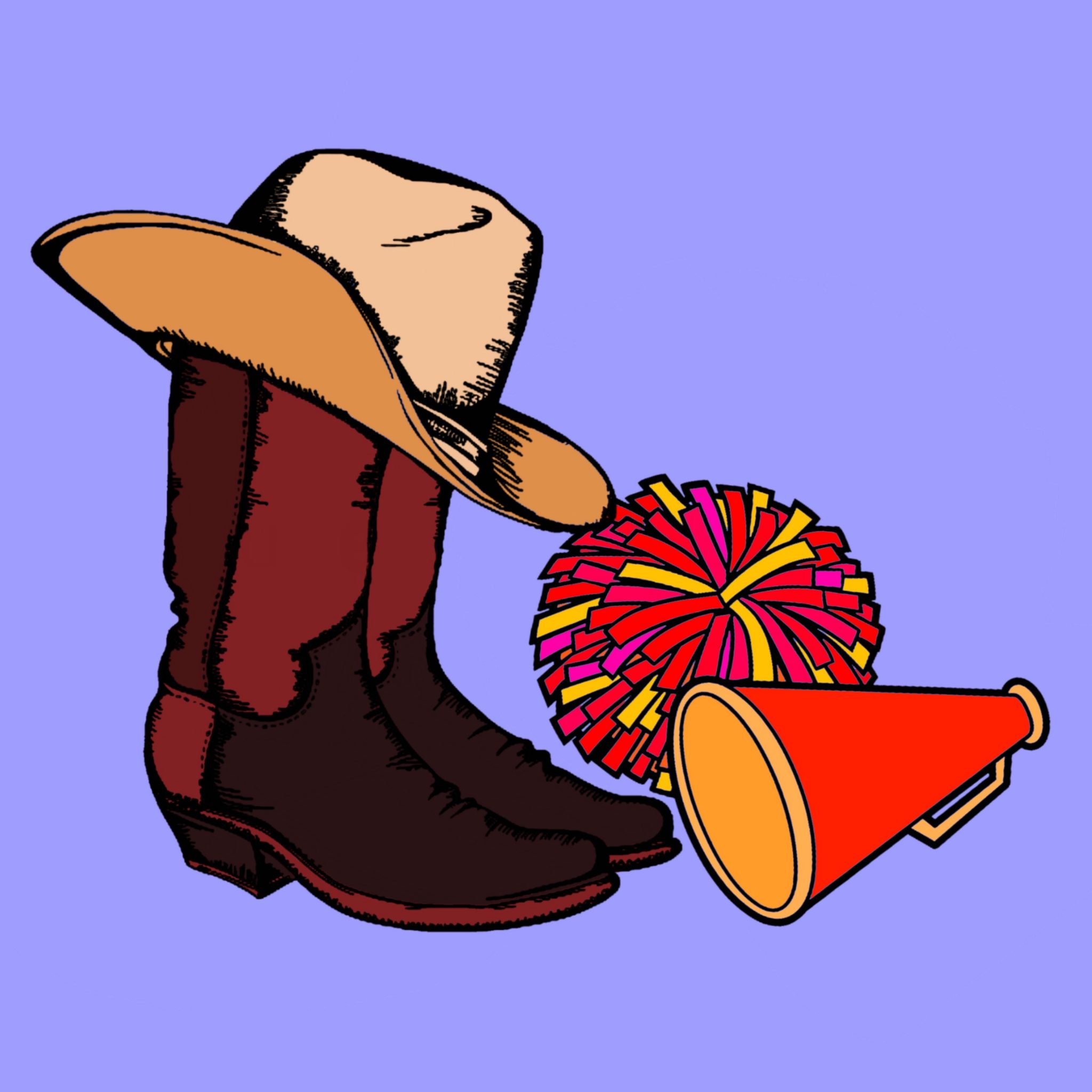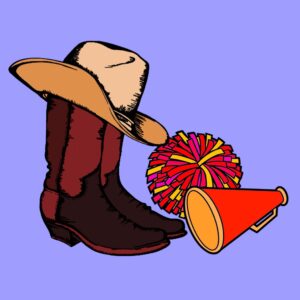Cheer, Country, and the Cowboys of today


The streaming services we have today are the most recent innovation in the media landscape. With this being the case, platforms such as Netflix, Hulu and Disney+ have a closer association with modern lifestyle trends than older services, such as theatres, concerts or even the spectacle of live sports.
This isn’t to say the latter haven’t adapted to keep up with the times, but that streaming is the media of today; it was created for metropolises, the lands of high housing prices, internships and Amazon prime.
Data regarding household income and access to high-speed internet provides a simple answer as to why these distributors are such an urban and suburban phenomenon, and it wouldn’t be wrong to say this reflects a growing trend in how and where people across Canada and the U.S. are choosing to live.
These trends may raise concerns among those with personal connections to the culture of days gone by, who worry about its survival and, perhaps more importantly, its legacy.
While the heyday of more traditional entertainment has passed, its influence is still showing in some surprising ways.
An outstanding example of this would be the hit hip-hop/country song “Old Town Road.” Fusing elements of trap and country music, it set records on Billboard’s Top 100 and generated conversation around what we mean when we say ‘country’, a genre which hasn’t seen the explosive growth that hip-hop has.
Its reception added to a long list of cases where creators, including Solange, Cardi B and Kacey Musgraves, use country aesthetics to complement their work. This has been dubbed by some on Twitter as the ‘Yeehaw Agenda’, a movement claiming the hats, the boots and the horses in the back, but which doesn’t define itself by what these things traditionally represent.
Of course, the freedom and independence we associate with the cowboy figure is part of the appeal, and the art is meant to be stronger by liberating these parts of the image from other stereotypes surrounding it.
A similar case to this would be Netflix’s recent docu-series Cheer. It follows a team of competitive cheerleaders in the small town of Corsicana, Texas, where they introspect about their pasts, their futures and try to come together to win the national title in cheerleading.
I can’t think of a series from Netflix which dealt as organically with the topics of abuse, neglect and depression, which can be credited in part to how modestly it handles these themes. The emotional poignancy doesn’t come from a clever storyline; what we’d normally expect — the slow, climbing tension and dramatic peaks of action — is blown away by life’s own disdain for three-act structures.
Instead, we see the team deal with chaotic accidents and mental fatigue by pulling on a sense of pride and belonging that connects deeply to why each individual started cheerleading.
In a way, each member of the team respects the idea of cheerleading more than anyone else, even if they don’t fit the historic idea of what a cheerleader should look like.
The context of their training, a small, charming town in Texas, is as important to the character of the show as the sport itself; through its setting, the show puts on display the character of a part of North America not often given the light of day in mass media.
The distinct tone of Texan Americana is something the show’s viewership is always conscious of, but which has never been articulated so honestly and in such a human manner. Beyond novelty, the lasting impact of less metropolitan ways of life provides a type of show which simply couldn’t come from city life.
The memetic influence of older culture is experiencing a kind of resurgence. More people have access to an increasingly diverse media landscape than ever before.
People have an appetite for the unfamiliar, and it falls on entertainment to provide for that; so even if our stories keep changing, the past won’t fade away just yet.


